Pulasan and rambutan are two vibrant, tropical fruits that often confuse the untrained eye. Both belong to the Sapindaceae family, have hairy red exteriors, and grow in similar Southeast Asian climates. However, beyond their visual similarities, these fruits differ significantly in taste, cultivation methods, productivity, and commercial appeal. Understanding these differences is vital for farmers, exporters, and tropical fruit enthusiasts looking to invest in or enjoy these juicy delicacies.
In this article, we’ll explore a detailed comparison between pulasan (Nephelium ramboutan-ake) and rambutan (Nephelium lappaceum) from a farming and production perspective—covering climate needs, growth patterns, harvesting, yield, and market potential.
Overview: Pulasan vs Rambutan
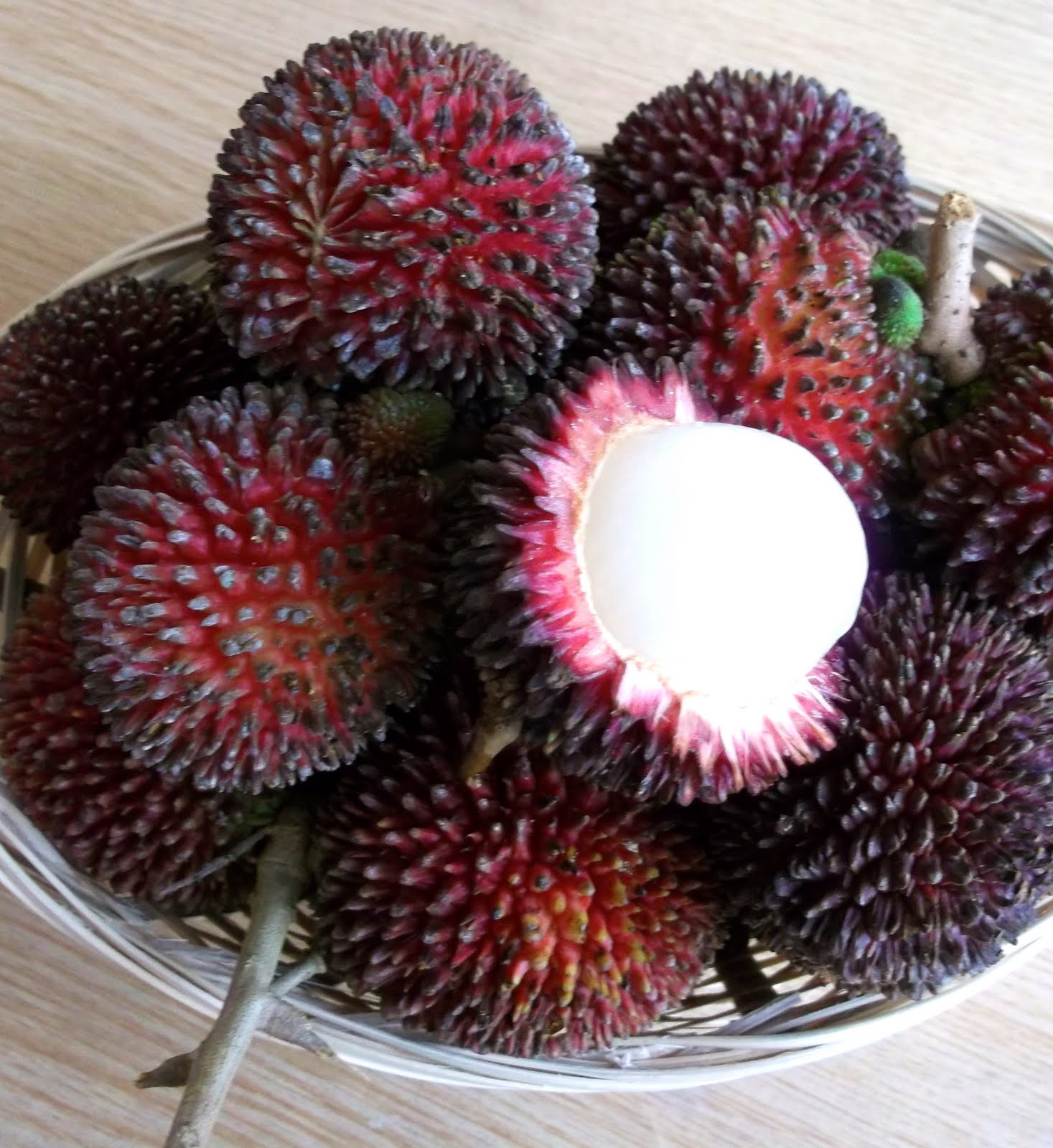
| Feature | Pulasan | Rambutan |
|---|---|---|
| Botanical Name | Nephelium ramboutan-ake | Nephelium lappaceum |
| Native Range | Peninsular Malaysia | Indonesia and Malaysia |
| Taste | Sweeter, thicker flesh | Slightly acidic, juicy |
| Seed Separation | Easily separates from flesh | Often clings to seed |
| Appearance | Shorter, blunt hairs | Long, curved, soft spines |
| Commercial Popularity | Niche markets | Widely grown and exported |
1. Climate and Soil Requirements
Rambutan
- Climate: Rambutan thrives in humid tropical climates with year-round rainfall. Ideal temperatures range from 22°C to 35°C.
- Rainfall: Requires at least 2,000 mm annually, distributed evenly.
- Soil: Prefers deep, loamy soils rich in organic matter with pH between 5.5–6.5.
- Altitude: Can be grown from sea level up to 600 meters.
Pulasan
- Climate: Pulasan shares similar requirements but is more sensitive to dry spells. It prefers slightly warmer and more consistently humid conditions.
- Soil: Requires well-drained soils with high fertility, especially during the flowering and fruiting stages.
- Altitude: Best grown below 400 meters for optimal fruit production.
Verdict: Both fruits require similar climates, but rambutan is slightly more adaptable to varying rainfall and soil types.
2. Tree Growth and Management
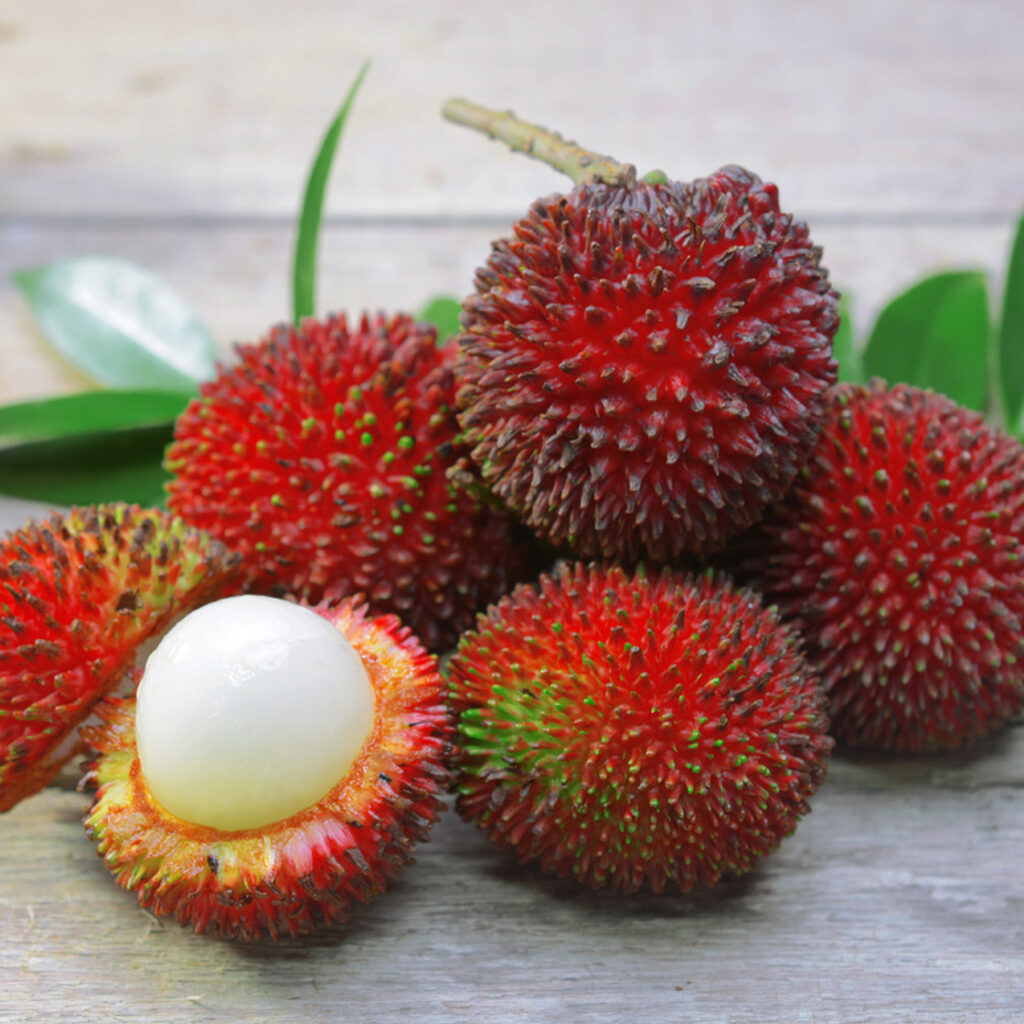
Rambutan
- Trees can grow up to 20 meters, though they are usually pruned to 5–7 meters for easier harvesting.
- Rambutan is known for vigorous growth, requiring regular pruning.
- Grafted varieties begin bearing fruit in 3–5 years, while seed-grown trees may take 6–8 years.
- Rambutan trees produce twice a year in suitable climates, depending on cultivar and care.
Pulasan
- Pulasan trees are shorter and more compact, growing up to 10–12 meters.
- Easier to manage in small orchards due to their structure.
- Grafted or air-layered trees fruit in 4–6 years.
- Typically yields one main harvest per year, often in July–September.
Verdict: Pulasan is easier to manage for small-scale farms, but rambutan offers more frequent harvests and higher canopy growth, ideal for commercial orchards.
3. Flowering and Pollination
Rambutan
- Rambutan trees are usually dioecious, meaning male and female flowers are on separate trees, though some are hermaphroditic.
- Requires pollinators such as bees and insects for fruit set.
- Rain during flowering can reduce pollination success.
Pulasan
- Pulasan trees tend to be hermaphroditic, with both male and female organs in one flower, allowing self-pollination.
- More reliable in isolated plantings and small orchards due to reduced dependency on pollinators.
Verdict: Pulasan has an edge in pollination, making it easier for home gardens and smaller farms with fewer trees.
4. Yield and Productivity
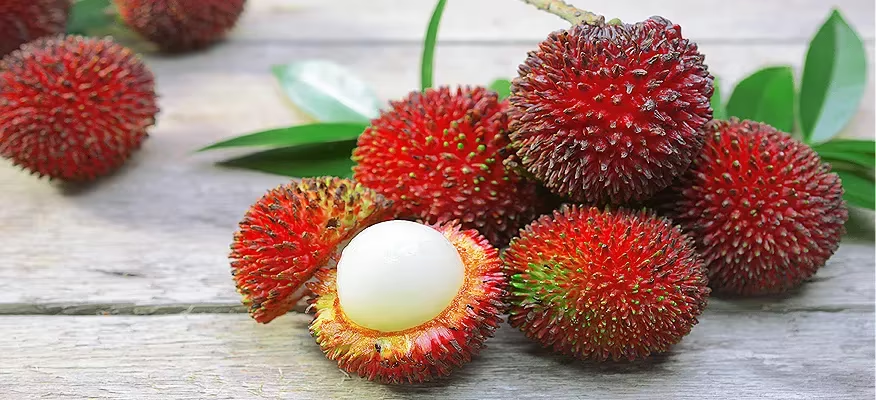
Rambutan
- A mature rambutan tree can yield 200–300 kg of fruit annually under good conditions.
- Trees can remain productive for 20–25 years or more.
- High-yielding grafted varieties like R-134 or Binjai are widely cultivated.
Pulasan
- Pulasan trees typically yield 50–150 kg per tree per year, lower than rambutan.
- Productivity depends heavily on age, soil health, and climate consistency.
- Has a shorter commercial bearing life of about 15–20 years.
Verdict: Rambutan is significantly more productive, making it a better choice for commercial scale production.
5. Pest and Disease Resistance
Rambutan
- Vulnerable to fruit borers, mealybugs, and fungal diseases like anthracnose.
- Requires regular spraying and monitoring, especially during the rainy season.
Pulasan
- Generally more resistant to common pests and diseases.
- Requires less chemical intervention, making it suitable for organic cultivation.
Verdict: Pulasan is easier to manage organically, while rambutan demands more intensive pest control.
6. Harvesting and Post-Harvest Handling
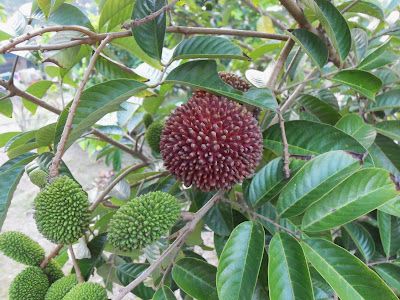
Rambutan
- Harvested using clippers or poles when the skin turns bright red or yellow.
- Fruits last 5–7 days under room temperature; up to 14 days when refrigerated.
- Exported widely in Southeast Asia and increasingly in Europe, the Middle East, and North America.
Pulasan
- Harvested by hand when skin turns deep red or purplish.
- Very short shelf life—only 3–5 days even under ideal conditions.
- More delicate, making it less suitable for long-distance export unless frozen or processed.
Verdict: Rambutan is better suited for commercial trade and international export, while pulasan is mainly enjoyed in local and regional markets.
7. Market Demand and Commercial Viability
Rambutan
- A widely recognized fruit with strong demand across Asia and growing popularity in the West.
- Established supply chains, commercial varieties, and government support in countries like Thailand, Indonesia, and the Philippines.
- Export-focused fruit, bringing substantial income to farmers.
Pulasan
- Considered a niche delicacy, often sold at a premium in local markets.
- Lesser known globally, with limited export due to perishability.
- Demand growing among exotic fruit lovers and health-conscious consumers.
Verdict: Rambutan has a clear commercial advantage, but pulasan holds premium appeal in specialty markets.
Country-Wise Production Snapshot

| Country | Rambutan Focus | Pulasan Focus |
|---|---|---|
| Malaysia | Major producer and exporter | Largest pulasan grower |
| Indonesia | High rambutan output | Limited pulasan farming |
| Thailand | Export-oriented cultivation | Small-scale pulasan farms |
| Philippines | Expanding rambutan trade | Experimental pulasan orchards |
Final Thoughts: Which Is Better to Grow?
The choice between growing pulasan and rambutan depends largely on your goals:
- If you’re aiming for high yields, export opportunities, and wide market access, rambutan is the better choice. It’s commercially viable, has established value chains, and enjoys strong demand both regionally and globally.
- If you’re targeting niche markets, local sales, or organic fruit production, pulasan offers an excellent alternative. It requires less pest management, is easier to grow in small spaces, and fetches premium prices in specialty markets.
For many tropical fruit farmers in Southeast Asia, a mixed orchard strategy that includes both pulasan and rambutan may offer the best of both worlds—combining reliable income with the uniqueness of exotic appeal.
Conclusion
While rambutan dominates tropical fruit exports, pulasan quietly holds its ground as a hidden gem of Southeast Asia. Understanding their differences in farming, productivity, and commercial potential empowers growers to make informed decisions. Whether you’re a backyard gardener, a commercial farmer, or a fruit lover, both pulasan and rambutan offer delicious rewards—each with its own unique charm.

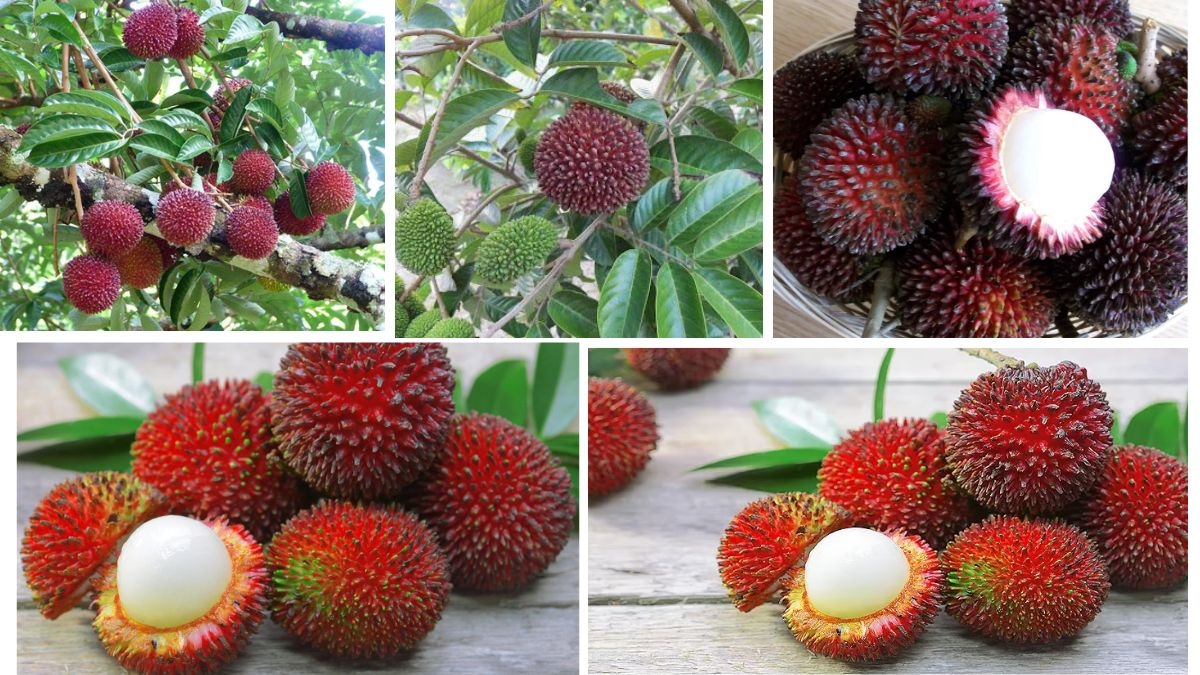

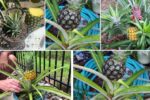
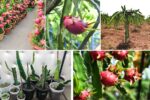
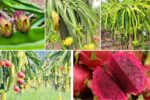
Leave A Comment